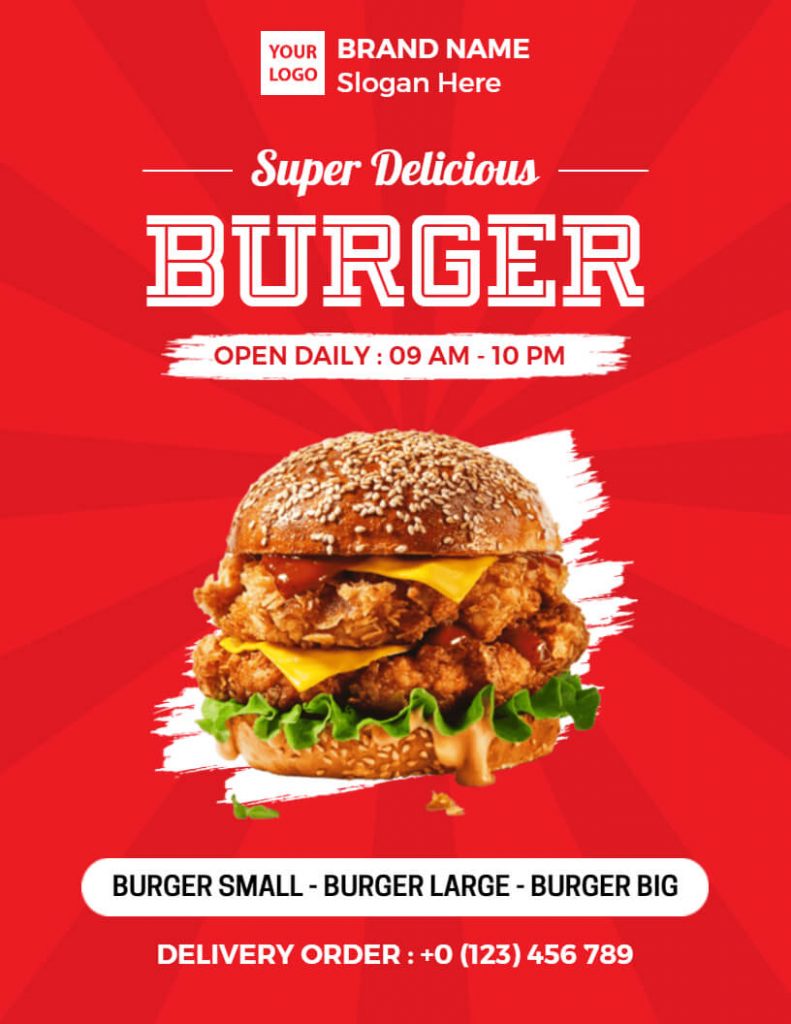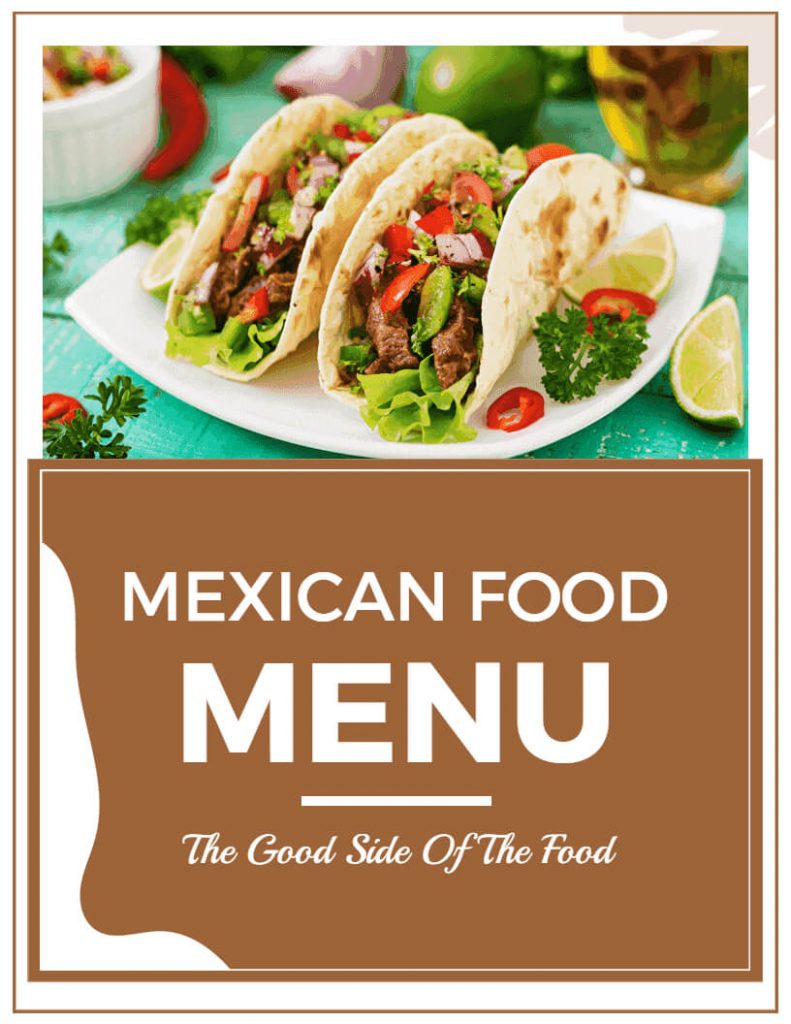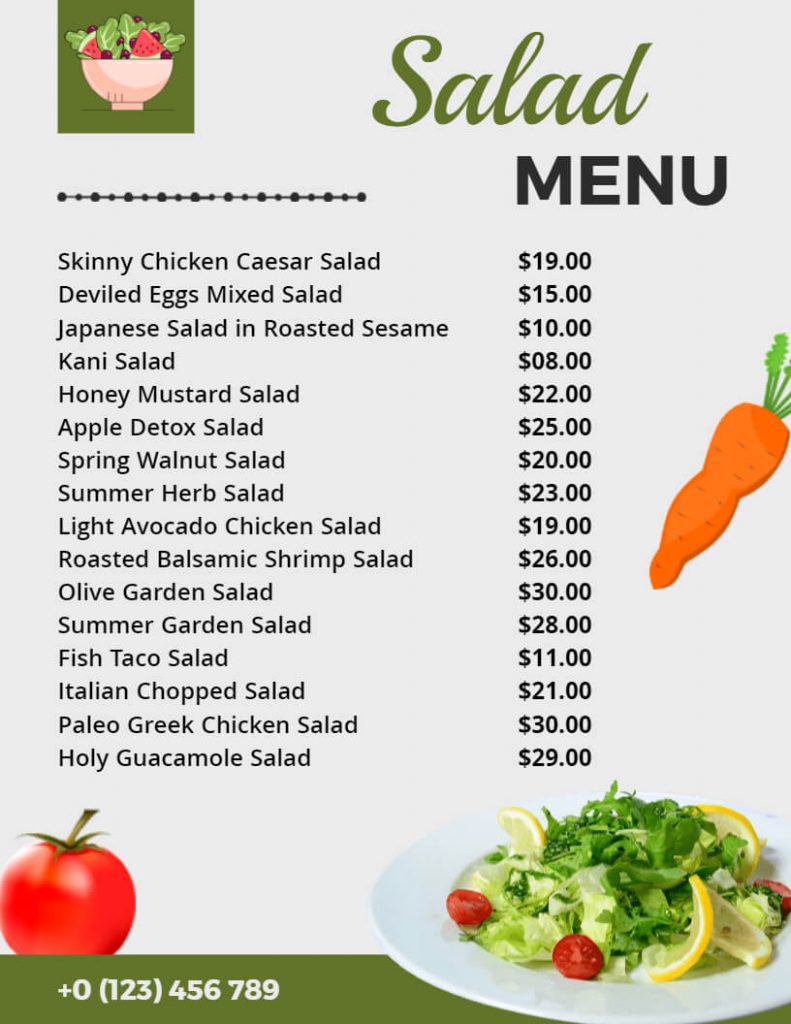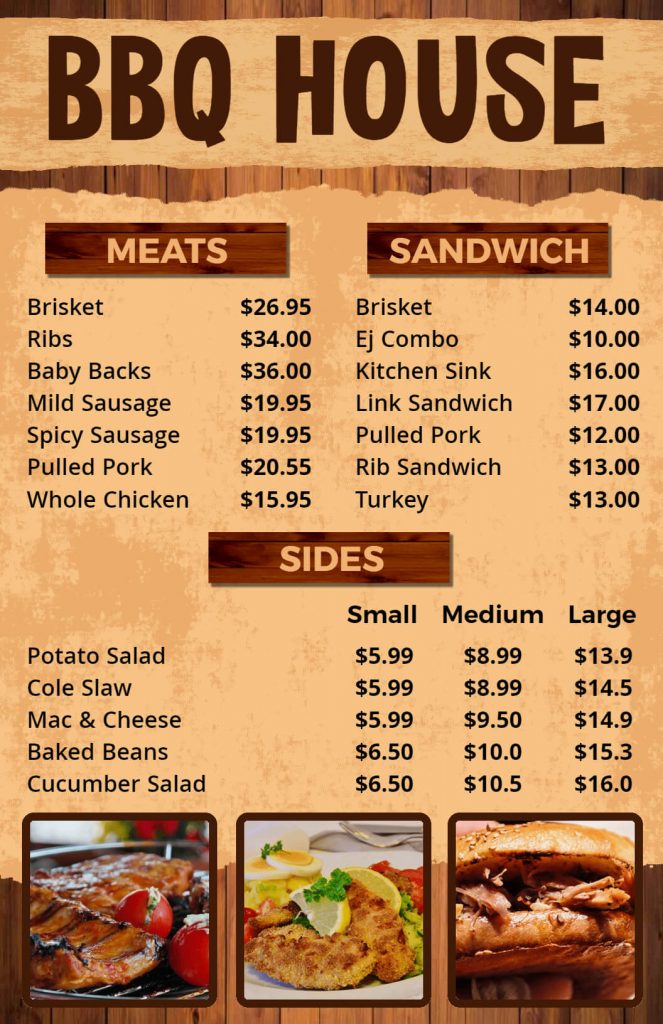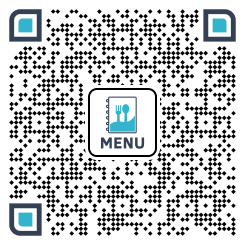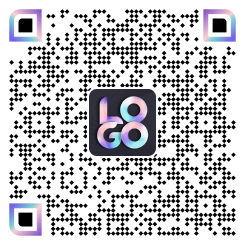When it comes to running a restaurant, creating a menu is not about listing the dishes you offer. Restaurant menu design can have a significant impact on your customers’ decisions and, your restaurant’s success. The psychology of menu design is a fascinating topic that explores how certain techniques and tricks can influence what customers order, how much they spend, and how satisfied they feel with their dining experience.
In this article, we’ll learn about psychology menu design that can help you create an eye-catching menu. As a restaurant owner, you may not have the expertise of a professional designer, but with the help of a menu maker, you can create a menu that is not only visually appealing but also strategic in terms of driving sales and customer satisfaction.
The Importance of Menu Design in the Restaurant Industry
Your restaurant’s menu is not a list of dishes; it’s a marketing tool that can influence your customers’ decisions and increase your profits. Menu design is a crucial aspect of restaurant marketing, and it can affect how customers perceive the quality of your food, the prices you charge, and the dining experience.
Research shows that customers spend an average of only 109 seconds looking at a menu, so it’s essential to make a good impression. A well-designed menu can make your restaurant stand out and entice customers to try your dishes.
How Colors and Images Affect Customer Perception
Color schemes and images are powerful tools that can evoke emotions and influence customers’ decision-making. For example, warm colors like red, orange, and yellow can help to feel customers more excited about the food. Omit, cool colors like blue and green can have a calming effect and make customers feel more relaxed. For more inspiration, you should look at restaurant menu color schemes.
Images can also use on menus to showcase the most popular or profitable dishes. High-quality photos of mouth-watering food can stimulate customers’ appetites and make them more likely to order.
The Power of Descriptive Language and Wording
The words you use on your menu can have a significant impact on what customers order and improve customer satisfaction. Using descriptive language and strategic wording can make dishes sound more appealing and increase their perceived value.
For example, instead of listing “Grilled Chicken Sandwich,” you could use more descriptive language like “Juicy Grilled Chicken Breast on a Toasted Bun with Crispy Bacon and Fresh Avocado.” This not only makes the dish sound more appealing but also increases its perceived value and justifies a higher price.
Pricing Strategies and the Psychology of Numbers
Pricing strategies and the psychology of numbers are important considerations in menu design for restaurants and other food service businesses. Menu pricing can greatly influence customer behavior, including their perceived value of items and likelihood to purchase. Here are some key pricing strategies and psychological factors to keep in mind when designing a menu:
Round Numbers Vs. Non-round Numbers
Round numbers are often perceived as more expensive than non-round numbers. For example, customers may perceive an item priced at $20.00 as more expensive than an item priced at $19.99. Non-round numbers can also make pricing seem more precise and calculated, which can lend a sense of authenticity and quality to the menu.
Charm Pricing
Charm pricing involves pricing items just below a whole number, such as $9.99 instead of $10.00. This pricing strategy is designed to make items seem more affordable and appealing to customers, as the price is just shy of the next whole number. Charm pricing can be especially effective for lower-priced items on the menu.
Tiered Pricing
Tiered pricing involves offering multiple pricing options for the same item, such as small, medium, and large sizes. This strategy can appeal to customers who want to customize their order and find a price point that fits their budget.
Anchor Pricing
Anchor pricing involves placing a high-priced item next to a lower-priced item to make the lower-priced item seem more affordable by comparison. For example, a $50 steak may make a $30 chicken dish seem like a better deal.
The Power of Nine
Pricing items just below a whole number ending in nine can be especially effective in attracting customers. For example, an item priced at $9.99 may seem more appealing to customers than an item priced at $10.00.
The Role of Menu Layout and Organization
The layout and organization of your menu can also affect customers’ decisions. For example, placing high-profit items in a prominent location or using boxes and borders to draw attention to specific dishes can increase their visibility and appeal.
Capturing Attention
A well-designed menu layout can capture customers’ attention and spark their interest in trying new dishes. The menu’s visual design should be clean, modern, and easy to read. It should be visually appealing and make use of high-quality images to showcase the food.
Setting Expectations
The organization of the menu can also set expectations for the dining experience. For example, a menu that is well-organized and easy to navigate can signal to customers that the restaurant is efficient and well-run.
Simplifying Ordering
The layout of the menu should also make it easy for customers to place their orders. This can be achieved by using simple and clear language.
Upselling
The layout and organization of the menu can also encourage customers to order more items or more expensive items. This can be achieved by placing high-margin items in prominent locations on the menu or by offering add-ons or side dish
Improving Efficiency
The menu layout and organization can also improve the efficiency of the restaurant’s operations. For example, a well-designed menu can reduce the time it takes for customers to place their orders, freeing up staff to focus on other tasks.
Type of Menu layout
There are several types of menu layouts that restaurants can choose from, In this article, we will explore the most common types of menu layouts and their features.
Traditional Menu Layout
The traditional menu layout is perhaps the most commonly used type of menu. It is a simple, straightforward design that lists menu items in a single column. This type of layout is easy to read and understand, which makes it a popular choice among diners.
Grid Menu Layout
The grid menu layout presents menu items in a grid or table format. This layout can be useful for restaurants that offer a large number of menu items, as it allows them to organize the menu in a way that is easy for customers to read and navigate.
Tasting Menu Layout
A tasting menu is a type of menu that offers a series of small courses, typically between 6 and 20, that are designed to be eaten in a specific order. This type of menu layout is often used in high-end restaurants that specialize in fine dining.
Digital Menu Layout
The digital menu layout is a relatively new concept that uses technology to present menu items to customers. This can include digital kiosks, tablets, or mobile apps that allow customers to browse menu items, place orders, and make payments.
Conclusion
The psychology of menu design is a fascinating topic that can have a significant impact on your restaurant’s success. By using strategies, you can create a menu that appeals to your customers’ senses and psychology. By following the menu psychology outlined in this article and optimizing your menu, you can boost your restaurant’s profits and create a dining experience that keeps customers coming back for more. For more inspiration, you should look at restaurant menu templates.

